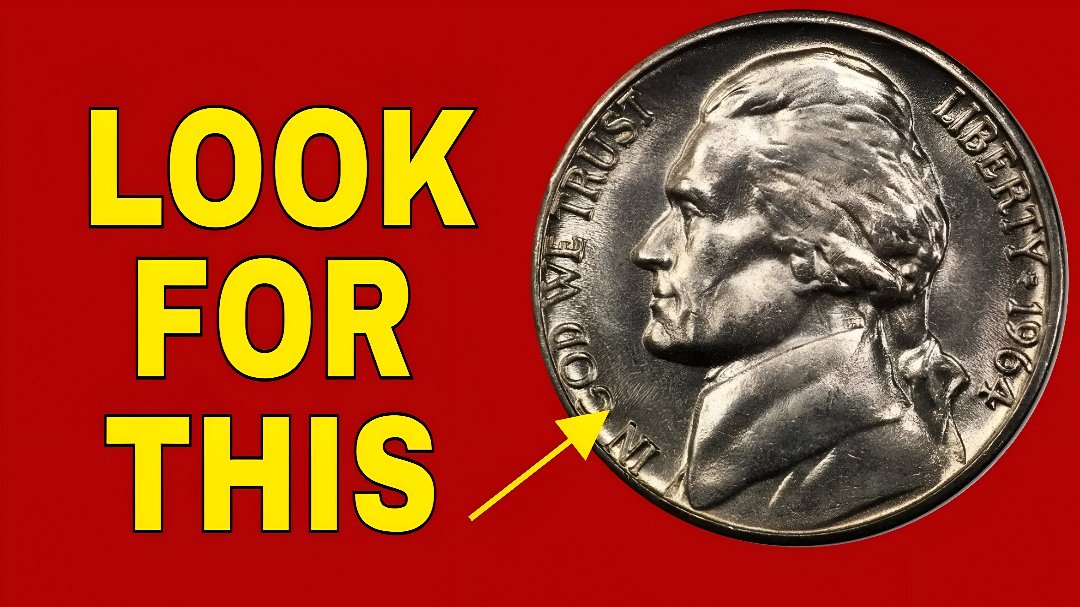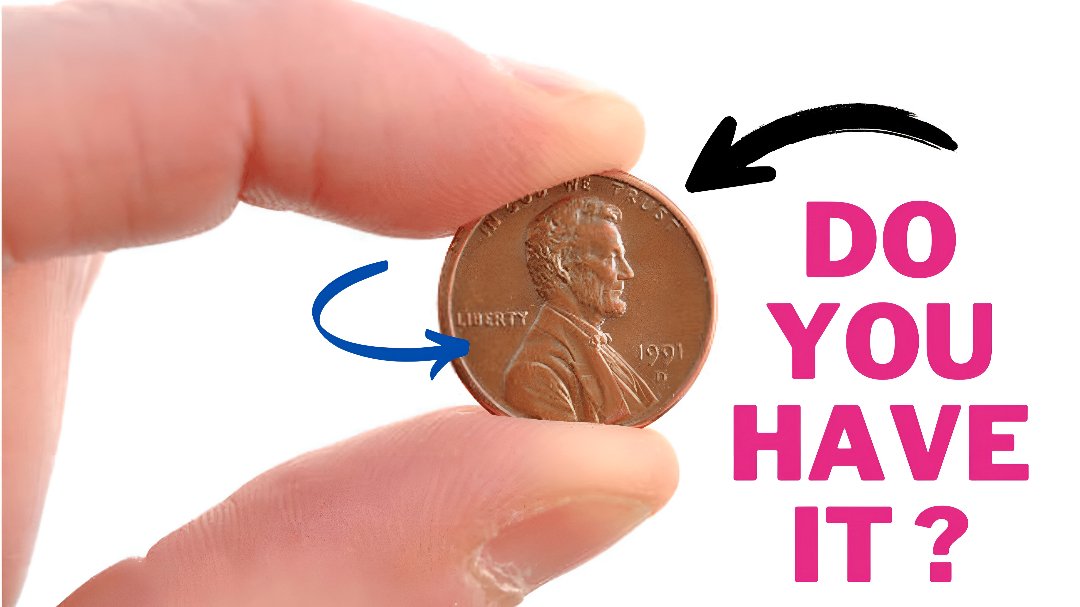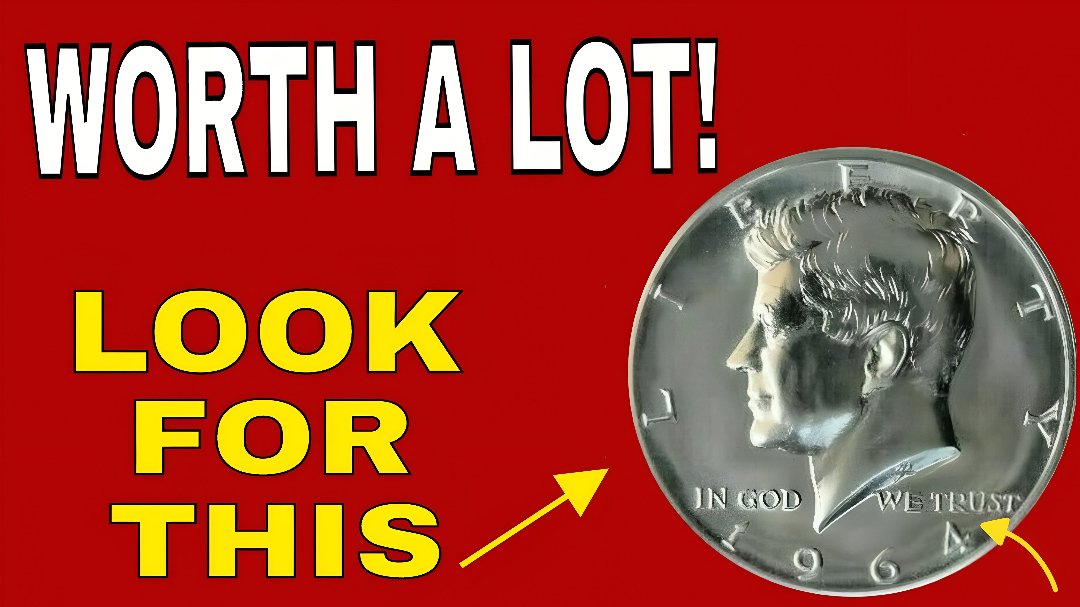Rare Bicentennial Quarter : It’s hard to believe, but a simple 25-cent coin—something you might get as change from a store—could be worth a jaw-dropping $11 million. The coin in question is a rare version of the Bicentennial Quarter, which was released in 1976 to celebrate 200 years of American independence.
Though millions of these quarters were made and most are worth only their face value, one incredibly rare version is believed to be valued in the multi-million dollar range. Even more surprising, it could still be floating around in everyday circulation.
This article will explore the background of the Bicentennial Quarter, what makes this rare one so valuable, how to identify it, and why it might still be out there waiting to be found.
The Story Behind the Bicentennial Quarter
The Bicentennial Quarter was part of a special series released by the U.S. Mint in 1976 to mark the 200th anniversary of the signing of the Declaration of Independence. It was different from the standard quarter in both design and date.
Instead of the usual eagle on the reverse, the Bicentennial Quarter features a Colonial drummer boy, standing proudly with a torch and a ring of 13 stars, representing the original colonies. The date on the front reads 1776–1976, reminding everyone of America’s historic milestone.
Why Is One Bicentennial Quarter Worth $11 Million?
While the U.S. Mint produced hundreds of millions of these coins, only a few unique ones were struck with rare features that could make them extremely valuable—one possibly even worth $11 million.
- Rare Mint Error
- It’s believed that this particular coin was struck with a minting mistake—perhaps on the wrong type of metal or using the wrong die. These types of errors can make coins very valuable because they are one-of-a-kind.
- Unique Metal Composition
- While regular quarters are made of copper and nickel, some rare ones were mistakenly made using silver or experimental alloys. If a Bicentennial Quarter was struck on gold or another precious metal, its value would rise dramatically.
- Mint Condition
- A coin that has never been circulated and is in perfect condition is considered more valuable. This rare quarter is said to be in MS-70 grade (Mint State), which is the highest possible quality.
- Historical Importance
- Since this coin commemorates America’s 200th birthday, it already holds historical value. A rare version of it would be priceless to serious collectors.
- Collector Demand
- Coin collectors are always looking for standout pieces. The rarer the coin, the higher the price they’re willing to pay—especially for a coin with a story.
How to Spot This Rare Quarter
You might be wondering how to recognize this ultra-rare coin. While it may look similar to any other Bicentennial Quarter, some small details could hint at its true value.
Here’s what to look for:
- Date: Make sure it says 1776–1976 on the front. That confirms it’s a Bicentennial Quarter.
- Reverse Design: The back should show the Colonial drummer, not the regular eagle.
- Shiny or Heavy Appearance: If the coin looks brighter, shinier, or feels heavier than usual, it may be made from a different metal.
- Mint Mark and Errors: Check for unusual markings, missing letters, double prints, or off-center designs. These can indicate a mint error.
- Condition: A perfect coin with no scratches or wear is considered “mint state” and is worth checking out.
If your quarter checks any of these boxes, it’s worth having it looked at by a professional.
How Could This Coin Still Be in Circulation?
It might seem strange that a coin worth millions is still out there, but it’s not impossible. Over time, valuable coins have accidentally ended up in people’s wallets, coin jars, and even vending machines.
Here’s why it happens:
- Lack of Awareness: Most people don’t know what rare coins look like. They spend them without realizing their value.
- Inherited Collections: Older coin collections sometimes include rare coins that get spent or misplaced.
- Circulation Mistakes: Rare coins are sometimes released into circulation by accident, especially during busy minting years.
This is why collectors continue to search. One lucky person might discover a fortune in their spare change.
What to Do If You Think You Found It
If you think you’ve found a rare Bicentennial Quarter that could be worth millions, here’s what to do:
Don’t Clean It
Cleaning a coin can reduce its value. Leave it exactly how you found it.Use Gloves or Handle with Care
Always handle the coin by its edges to avoid damage.Compare with a Regular Quarter
Look for differences in color, weight, and sound.Get a Professional Opinion
Visit a certified coin dealer or grading service. They can tell you if your coin is genuine and what it might be worth.Store It Safely
If the coin is rare and valuable, keep it in a protective case and avoid showing it off too much until you’re ready to sell or insure it.
Frequently Asked Questions
Q1: What is a Bicentennial Quarter?
The Bicentennial Quarter is a special U.S. quarter dollar minted in 1975 and 1976 to celebrate America’s 200th birthday (1776–1976). It features a drummer boy design on the reverse instead of the standard eagle.
Q2: Is it true one of these quarters is worth $11 million?
While most Bicentennial quarters are common and worth 25 cents, a few ultra-rare versions with minting errors, unique composition, or historical significance have fetched extremely high prices at auctions or in private sales. The “$11 million” figure refers to a rumored ultra-rare specimen, possibly a prototype or misstrike, considered priceless by collectors.
Final Thoughts
A coin doesn’t have to be made of gold to be worth a fortune. The rare Bicentennial Quarter, possibly still in circulation, proves that everyday objects can carry unexpected value. Whether or not the $11 million estimate is completely accurate, the excitement and curiosity around this coin continue to grow.
It’s a good reminder to check your change. What seems like a regular coin might just be your lucky break.
So the next time you receive a quarter, especially one with the date 1776–1976, take a closer look. It might not just be pocket change—it could be history in your hand.





